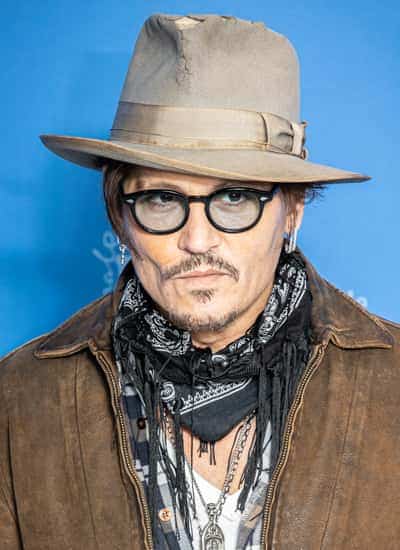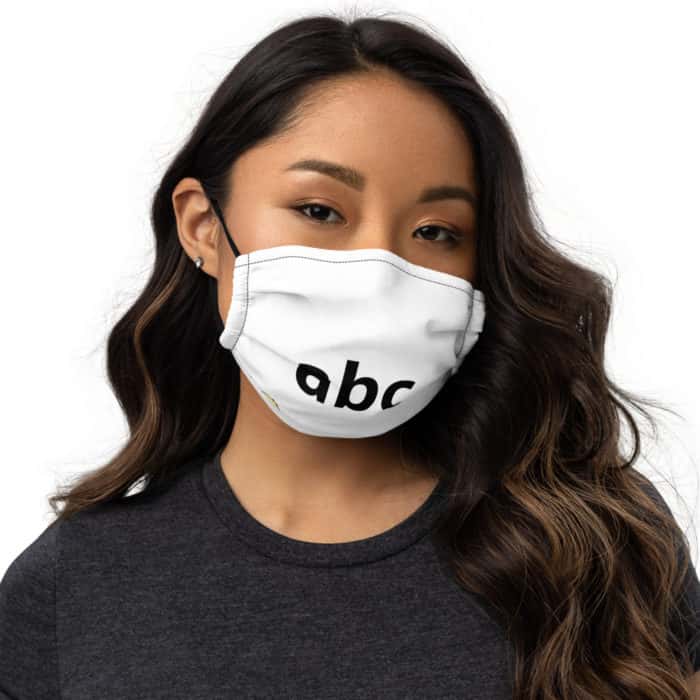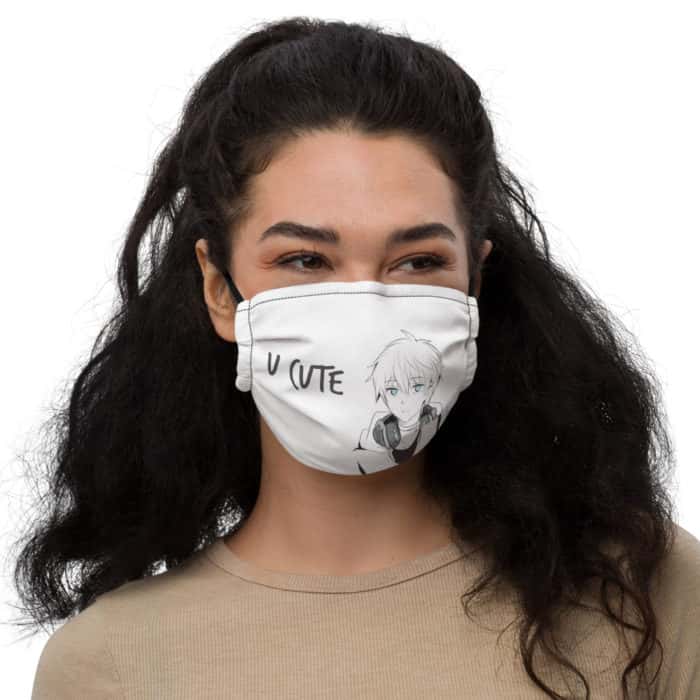Alternative fashion, a rebellious and unconventional style that has captivated countless individuals, has an intriguing origin story. Emerging as a response to mainstream norms and societal expectations, alternative fashion has evolved into a powerful form of self-expression. Let’s delve into the roots of this captivating movement and explore its journey through time.
1. The Emergence of Alternative Fashion: A Distinct Style
Alternative fashion emerged as a rebellious response to mainstream fashion norms. It offered individuals the opportunity to express their unique identities and reject societal expectations. This distinct style encompassed various subcultures, such as punk, goth, and grunge, each with its own set of fashion elements.
Alternative fashion was characterized by its boldness and non-conformity. It embraced unconventional materials, like PVC and leather, and incorporated edgy accessories such as studs, spikes, and chains. The color palette often included dark hues like black, deep reds, and purples.
This style also celebrated individuality by encouraging DIY (do-it-yourself) aesthetics. People would customize their clothing with patches, safety pins, or hand-painted designs to create a unique look that reflected their personal tastes.
2. Early Influences on Alternative Fashion: Exploring the Roots
The roots of alternative fashion can be traced back to various cultural movements and historical events. One significant influence was the counterculture movement of the 1960s and 1970s. This era challenged traditional societal norms and gave rise to subcultures like the hippies who embraced free-spirited styles with flowing garments, tie-dye prints, and natural fabrics.
Punk music also played a crucial role in shaping alternative fashion. Bands like the Sex Pistols and The Clash not only revolutionized music but also influenced fashion trends with their rebellious attitudes and distinctive looks. Punk fashion featured torn clothing, safety pins as accessories, band t-shirts, leather jackets, and spiky hairstyles.
Gothic literature and Victorian aesthetics also inspired alternative fashion styles. The romanticism associated with Gothic literature translated into darkly elegant clothing choices, including lace, corsets, and flowing fabrics. The Victorian era’s influence can be seen in the use of ruffles, high collars, and structured silhouettes.
3. Subcultures’ Impact on Alternative Fashion: Punk and Goth’s Contribution
Punk and goth subcultures were instrumental in shaping alternative fashion into what it is today. Punk fashion emerged in the 1970s as a rebellious response to mainstream culture. It embraced DIY aesthetics, anti-establishment symbols, and unconventional materials. Safety pins adorned clothing, torn jeans became a staple, and band t-shirts showcased musical affiliations.
Goth fashion drew inspiration from Victorian aesthetics and added a dark twist. Black clothing dominated the goth style, with an emphasis on corsets, lace details, fishnet stockings, and platform boots. Goths also incorporated elements of punk fashion into their looks by adding spikes or studs to accessories.
Both punk and goth subcultures valued individuality and self-expression through style choices. Their impact on alternative fashion can still be seen today with the continued popularity of these styles among alternative fashion enthusiasts.
4. Cities and Regions that Shaped Alternative Fashion’s Origins
Alternative fashion found its roots in various cities and regions around the world. London played a significant role in shaping punk fashion during the 1970s with its vibrant music scene and rebellious youth culture. The iconic King’s Road became a hub for alternative fashion boutiques where individuals could find unique pieces to express their style.
In the United States, cities like New York City and Los Angeles were influential in the development of alternative fashion styles. New York City’s East Village became known for its punk scene in the 1970s and 1980s, while Los Angeles embraced grunge influences in the 1990s.
Other regions, such as Berlin in Germany and Tokyo in Japan, also contributed to alternative fashion’s origins. Berlin’s underground club scene and avant-garde art movements inspired edgy and experimental fashion choices. Tokyo’s Harajuku district became famous for its street fashion, where individuals mixed various alternative styles to create unique and visually striking outfits.
5. Pioneering Designers and Brands in the World of Alternative Fashion
Several pioneering designers and brands have made significant contributions to the world of alternative fashion. Vivienne Westwood, often referred to as the “Queen of Punk,” played a vital role in shaping punk fashion with her rebellious designs and iconic collaborations with the Sex Pistols.
Alexander McQueen pushed boundaries with his avant-garde designs that incorporated elements of gothic and punk aesthetics. His runway shows were theatrical spectacles that showcased his creativity and non-conformist approach to fashion.
Other notable brands like Tripp NYC, Killstar, and Demonia have become synonymous with alternative fashion by offering unique clothing options that cater to different subcultures within the alternative scene.
6. Music Industry’s Influence on the Popularity of Alternative Fashion
The music industry has played a significant role in popularizing alternative fashion styles. Musicians often serve as style icons for their fans, who emulate their looks as a form of self-expression.
Bands like Nirvana brought grunge fashion into the mainstream during the 1990s with their laid-back, disheveled aesthetic. Kurt Cobain’s signature flannel shirts, ripped jeans, and Converse sneakers became iconic symbols of grunge style.
In more recent years, artists like Billie Eilish have embraced alternative fashion elements in their personal style. Eilish’s oversized clothing, neon hair colors, and unique accessories have inspired a new generation of alternative fashion enthusiasts.
7. Tracing Historical Events and Cultural Movements that Shaped Alternative Fashion
Alternative fashion has been shaped by various historical events and cultural movements throughout history. The counterculture movements of the 1960s and 1970s challenged societal norms and influenced fashion choices with their anti-establishment attitudes.
The punk movement emerged in the 1970s as a response to social and political unrest. Its DIY ethos and rebellious spirit influenced not only music but also fashion trends. Punk fashion rejected mainstream ideals of beauty and instead embraced individuality through unconventional style choices.
The grunge movement of the 1990s, characterized by its disheveled aesthetic and apathetic attitude, also had a significant impact on alternative fashion. Grunge style incorporated oversized flannel shirts, ripped jeans, combat boots, and beanies, reflecting a rejection of mainstream consumerism.
8. Key Elements and Characteristics of Early Alternative Fashion Styles
Early alternative fashion styles were defined by certain key elements that set them apart from mainstream fashion trends:
Punk Fashion:
- Torn clothing
- Safety pins as accessories
- Leather jackets
- Band t-shirts
- Spiky hairstyles
Goth Fashion:
- All-black clothing
- Corsets
- Lace details
- Fishnet stockings
- Platform boots
Grunge Fashion:
- Oversized flannel shirts
- Ripped jeans
- Combat boots
- Beanies
- Layering of clothing
9. Global Evolution of Alternative Fashion: Regional Differences Explored
Alternative fashion has evolved differently in various regions around the world, reflecting cultural influences and local subcultures:
United Kingdom:
In the UK, alternative fashion is deeply rooted in punk and goth subcultures. London’s Camden Market became a hub for alternative fashion with its diverse range of shops offering everything from punk-inspired clothing to gothic accessories.
Japan:
Tokyo’s Harajuku district is known for its vibrant street fashion scene, where individuals mix and match different alternative styles to create unique outfits. The influence of anime and manga can also be seen in Japanese alternative fashion.
Germany:
Berlin has a thriving underground scene that embraces avant-garde and experimental fashion choices. The city’s history as a divided capital during the Cold War has also influenced alternative fashion by reflecting themes of rebellion and individuality.
United States:
The US has seen the evolution of various alternative fashion styles across different cities. New York City’s East Village was influential in the development of punk fashion, while Seattle became synonymous with grunge style thanks to bands like Nirvana.
10. Notable Celebrities Who Propelled the Rise of Alternative Fashion
Celebrities have played a significant role in popularizing alternative fashion by embracing its unique styles and making them mainstream:
- Marilyn Manson: Known for his gothic aesthetic, Marilyn Manson’s darkly theatrical style helped bring goth-inspired looks into the mainstream.
- Rihanna: With her bold fashion choices and fearless experimentation, Rihanna has become a style icon for alternative fashion enthusiasts. She effortlessly blends different styles, from punk to grunge, in her personal looks.
- Lady Gaga: Lady Gaga’s avant-garde fashion choices have pushed boundaries and challenged traditional notions of beauty. Her eclectic style often incorporates elements of alternative fashion, making her a source of inspiration for many.
11. Technology’s Impact on the Spread and Evolution of Alternative Fashion
Virtual Communities and Online Platforms
The rise of technology has greatly influenced the spread and evolution of alternative fashion. One significant impact is the emergence of virtual communities and online platforms dedicated to alternative fashion. These platforms provide a space for individuals with similar interests to connect, share ideas, and showcase their unique styles. Online forums, social media groups, and fashion blogs have become hubs for alternative fashion enthusiasts to exchange inspiration and tips on where to find unique pieces.
E-commerce and Global Access
Moreover, technology has revolutionized the way people shop for alternative fashion. E-commerce platforms have made it easier than ever to access niche brands and independent designers from around the world. This global accessibility has allowed alternative fashion to transcend geographical boundaries and reach a wider audience. With just a few clicks, individuals can explore an array of alternative fashion options that may not be available in their local area.
Examples:
– The creation of online marketplaces like Etsy has provided a platform for independent alternative fashion designers to sell their creations directly to consumers.
– Social media platforms such as Instagram have become popular spaces for showcasing alternative fashion styles through hashtags and curated accounts.
12. Mainstream Incorporation: When Alternative Fashion Meets the Mainstream Trends
Influence on Mainstream Fashion
Alternative fashion has had a significant influence on mainstream trends over time. Elements of alternative styles, such as punk or goth aesthetics, have been incorporated into mainstream fashion collections by renowned designers. This blending of alternative and mainstream creates new hybrid styles that appeal to a broader audience.
Celebrity Endorsements
Another factor contributing to the mainstream incorporation of alternative fashion is celebrity endorsements. When well-known figures embrace alternative styles, they bring attention to these fashion subcultures and make them more widely accepted. Celebrities like Rihanna and Billie Eilish have been influential in popularizing alternative fashion, showcasing its unique appeal to a global audience.
Examples:
– The rise of streetwear, influenced by alternative fashion subcultures like skateboarding and hip-hop, has become a dominant trend in mainstream fashion.
– High-end fashion brands collaborating with alternative designers or featuring alternative-inspired collections in their runway shows.
13. Unique Origins and Histories: Exploring Subgenres within Alternative Fashion
Gothic Subculture
Alternative fashion encompasses various subgenres, each with its own unique origins and histories. One prominent subgenre is the gothic subculture. Originating in the late 1970s, goth fashion emerged as a reaction against mainstream trends, embracing dark aesthetics inspired by Victorian mourning attire and horror literature. Gothic fashion often includes elements such as black clothing, lace, corsets, and dramatic makeup.
Kawaii Culture
On the other end of the spectrum is the kawaii culture from Japan. Kawaii, meaning “cute” in Japanese, has influenced alternative fashion with its playful and colorful aesthetic. This subgenre embraces cute characters, pastel colors, oversized accessories, and childlike innocence.
Examples:
– Steampunk: A subgenre within alternative fashion that combines Victorian-era aesthetics with futuristic elements.
– Cybergoth: An offshoot of gothic fashion that incorporates neon colors, futuristic materials, and cyberpunk influences.
14. Sustainability’s Influence on Eco-Friendly Alternatives in Alternative Fashion
Ethical Sourcing and Production
The growing concern for sustainability has had a profound impact on alternative fashion. Many individuals within this community prioritize ethical sourcing and production methods. Alternative fashion brands are increasingly adopting sustainable practices, such as using organic or recycled materials, fair trade partnerships, and reducing waste in their manufacturing processes.
Slow Fashion Movement
The slow fashion movement has also found a place within alternative fashion. This movement encourages consumers to invest in high-quality, timeless pieces that are made to last rather than following fast-paced trends. Alternative fashion enthusiasts often opt for vintage or second-hand clothing, promoting the reuse of garments and reducing the environmental impact of the fashion industry.
Examples:
– Upcycling: Alternative fashion designers creatively repurpose existing garments or materials to create unique and eco-friendly pieces.
– Vegan Fashion: Many alternative fashion brands offer vegan options, avoiding the use of animal-derived materials like leather or fur.
In conclusion, alternative fashion has emerged as a unique and creative expression of individuality. Its origins can be traced back to various subcultures and countercultural movements throughout history. If you’re interested in exploring this exciting world of fashion, we invite you to check out our cosplay products. Feel free to get in touch with us for any inquiries or recommendations – we’d love to help you embrace your own alternative style!

Was there alternative fashion in the 1800s?
Summary: This article discusses the significance of a unique fashion style for women in the 19th century, which involved combining elements of men’s apparel with fashionable women’s clothing. This alternative style included wearing ties, men’s hats, and suit jackets.
What fashion style is alternative?
Alternative clothing styles are focused on expressing oneself and going against the traditional fashion norms. Whether it’s grunge, goth, punk, emo, or any other style, there is something for everyone who wants to showcase their uniqueness and individuality.

Why is being alternative a trend?
The rise of alternative fashion can be attributed to the influence of social media platforms, influencers, and current trends, which has posed a challenge to mainstream fashion. Wearing mainstream clothing is no longer seen as the norm, and alternative fashion has gained significant popularity in recent years.
Why do people dress alternative?
People enjoy wearing certain clothing because it makes them feel good about themselves and enhances their appearance. It is similar to styling one’s hair or wearing a favorite piece of jewelry, as people seek to feel confident and aesthetically pleasing in their own skin.
Who inspired fashion in the 1800s?
Fashion trends during the late 18th and early 19th centuries were heavily influenced by Classical Greece. Women wore gowns with high waistlines and long, flowing skirts made of lightweight muslin. They also wore heel-less sandals and long stoles. After 1810, skirts started to become fuller and were adorned with frills and ruching at the hem.
Why were boys dressed like girls in the 1800s?
One of the primary reasons for boys wearing dresses was to assist with toilet training, as they were not yet capable of independently managing the complex fastenings on early modern breeches and trousers. The transition likely occurred once boys reached an age where they could easily remove these garments.












